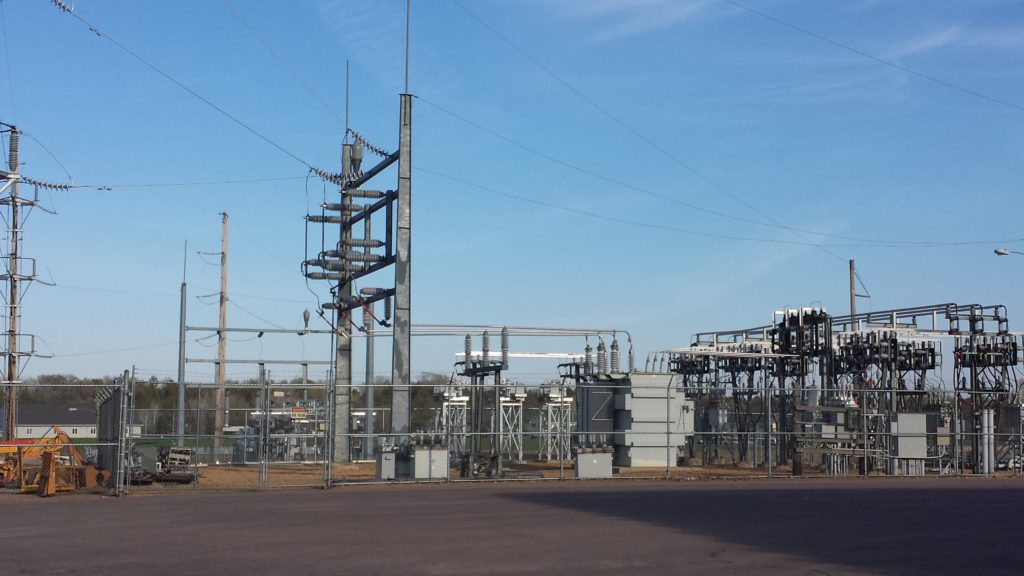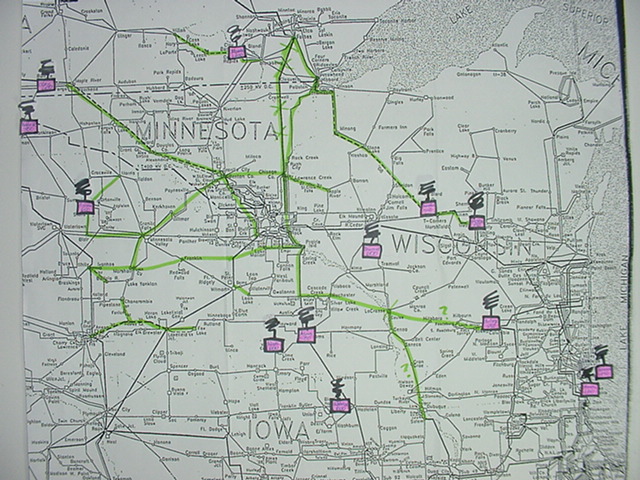Substations – Raise awareness, but not encourage!
December 11th, 2022
I’ve had mixed feelings over the flapping about infrastructure security, dubbed “Critical Energy Infrastructure” and “Critical Energy Infrastructure Information,” concern about which was trumped up after 9/11, with notions of foreign terrorists attacking our energy infrastructure.
But just last week, DOMESTIC TERRORISTS took out two substations in Moore County, North Carolina.
Repairs complete on Moore County substations, power restored
And before that, for sure an issue:
Group With Ties to Racially Motivated Violent Extremists Including two Former Marines Facing Additional Charge of Targeting Energy Facilities
And a different bunch:
Three Men Plead Guilty to Conspiring to Provide Material Support to a Plot to Attack Power Grids in the United States
Years ago, a substation near a new New Jersey transmission project started on fire:
FIRE! ACE’s Orchard substation is on fire!
There’s a quite narrow definition of Critical Energy Infrastructure Information, and it applies only to information filed with FERC and categorized as Critical Energy Infrastructure Information. Utilities, however, have made Critical Energy Infrastructure Information claims very broadly, to things not properly deemed CEII, and have used this to limit the public’s knowledge of utility plans, both in planning and development, and actual “on the ground” construction plans.
For years, I’ve been noting that concerns about vulnerability of our electrical grid are a valid argument for increased distributed generation, ending reliance on central station power, long transmission lines, and big substations. It’s been very handy for utilities to use against anyone opposing their plans, making it impossible to get information. And where basis is a concern about foreign terrorism, it’s misused — I’ve experienced first hand the Critical Energy Infrastructure law used against me in a hearing, to prevent entry of a 2005 transmission map in a transmission proceeding, a public map issued long before CEII was invented. I’d added some large coal plants, entered in the record of the PPSA Annual Hearing way way back when, 15 years ago, maybe?
Now really, how on earth can “need” be established without a map to look at the system as a whole and how this line fits in it, how on earth can you get a feel for what’s all connected, and what generation the proposed lines would facilitate?
I’ve also been confronted when taking a photo of a power plant, a shuttered, out of service power plant! Guard comes driving up, screeches to a halt, and runs up to van, hand on gun… oh, get real. I hand him my card. Such a threat…
Through claims of “Critical Energy Infrastructure Information,” I’ve also been barred from attending MISO transmission planning meetings.
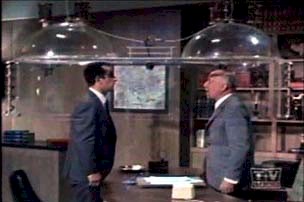
That’s something that really pissed me off, and attempting to deal with that took hours and hours over months, between FERC, whose counsel was MOST helpful, and MISO, which was MOST obstreperous, blocking participation.
MISO bars access to planning meetings
MAPP adopts shroud of secrecy
“Grid Security” Notice of Comment Period
It’s a mixed bag, as MISO has been using “CEII” as a way of excluding the public from their planning meetings, PJM too, per FERC, and yet now it’s clear that domestic terrorists are targeting electric infrastructure. What to do?
AFCL’s MERA suit dismissed
November 29th, 2020

The judge’s Order arrived, and it’s disappointing, to put it mildly.
The judge’s decision focused on the belief that these matters had been litigated in another forum, so we couldn’t do it again. Litigated? Intervention is not necessarily litigation, though certainly AFCL intervened in the Freeborn Wind docket, and certainly did not in the Plum Creek, Three Waters or Buffalo Ridge dockets. And in this District Court proceeding, Lisa Agrimonti let me know that another attorney would be lead in this case, that their firm was putting a “litigator” on it. Hmmmm, Agrimonti’s not a litigator, and put Alethea Huyser on the job, so the firm admits that what we, Freeborn Wind and AFCL, were doing in those dockets was not litigation, right, I get it… uh-huh… sigh…
How do we deal with these systemic problems in wind siting? 25 years and still no rules? Setbacks aren’t sufficient to prevent noise standard violations and people need to leave their homes to be able to sleep, so far two families reached settlements and buyouts to get away from noisy turbines. Wind projects pay out for blinds so people can sit in the dark, or suggest going to Florida, to avoid shadow flicker inflicted on them. At the PPSA Annual Hearing last week, the DOT said it wants the 250 foot setback from roads reevaluated. The Public Utilities Commission has actual and constructive notice of these problems for years, yet nothing happens…
Let’s see… rulemaking Petitions denied over and over. The only time we’ve had a contested case, the judge recommended denial because developer had not demonstrated compliance with noise standard, and recommended a lower number of hours as “acceptable” for shadow flicker.
Once more with feeling — the ONLY time, the FIRST time, in Minnesota history where there was a contested case on a wind siting permit, the only time it could arguably be said the issues were “litigated,” the ALJ recommended that the permit be denied!
WE WON!!! ALJ Recommend Freeborn Permit be DENIED, or…
May 14th, 2018
The PUC turned that around in a private settlement with the developer, excluding intervenors.
Freeborn? PUC upends ALJ’s Freeborn Wind Recommendation
September 21st, 2018
Now what… How many more complaints, how many more landowner settlements, before they fix this mess?
What’s the point of intervening, becoming a party? What’s the point of raising issues at the Power Plant Siting Act Annual Hearing (for 23 years)? What’s the point of over and over raising the systemic problems in the PUC’s wind siting? How do we work “within the system” when the system is broken?
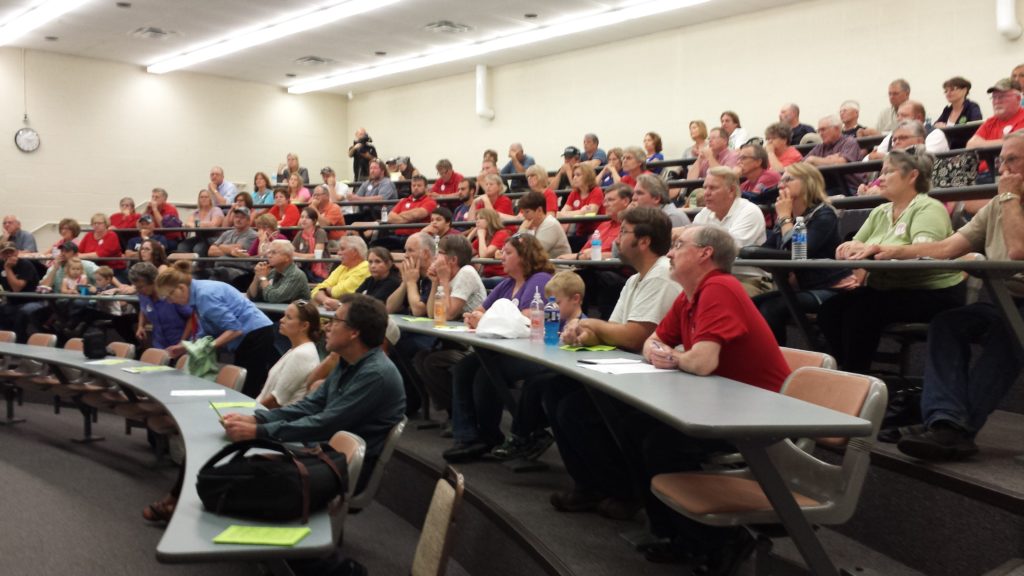
Improper Ground Factor – Why It Matters!
December 18th, 2019
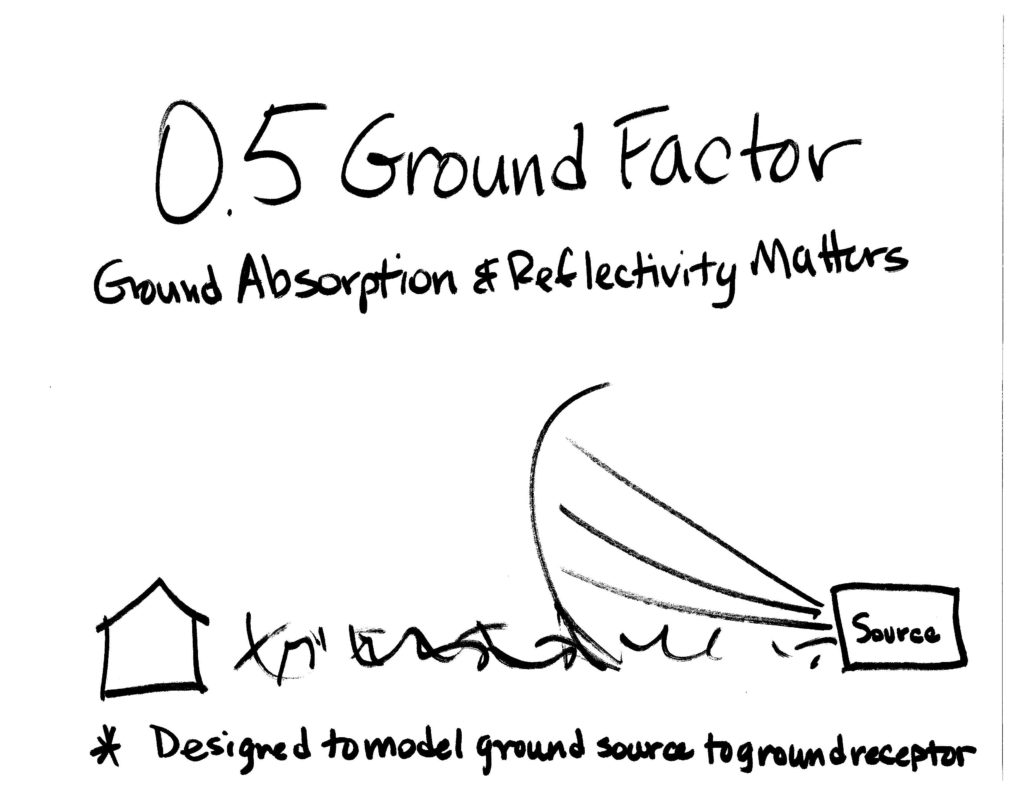
This is really important! I learned, after perusing the PPSA handout from Commerce, that none of the wind projects permitted in 2019, and none of the wind projects currently in the permitting process, are using the proper ground factor of 0.0 for noise modeling. WHAT?
So I put this comment together and filed it:
Needless to say, the PUC had something to say about that… they extended the comment period for the PPSA Annual Hearing!
PUC Public Engagement scrutiny!
May 14th, 2019
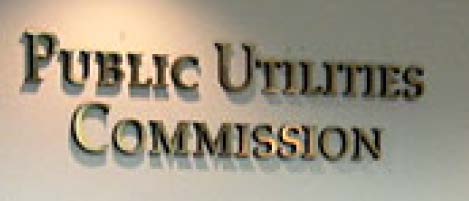
Looks like the Minnesota Public Utilities Commission is under scrutiny, that the Office of Legislative Auditor is reviewing its “public engagement.” From the Office of Legislative Auditor:
*****************************************
The Minnesota Office of the Legislative Auditor (OLA) is seeking input about the Public Utilities Commission’s public engagement processes.
Date: Friday, May 31, 2019
Time: 10:00-11:00 AM
Location: State Office Building, Room 10, 100 Rev. Dr. Martin Luther King Jr. Blvd., St. Paul, MN 55155
OLA is beginning a program evaluation of the Public Utilities Commission’s public engagement processes. To help us shape the evaluation, we invite you to share with us your experiences with Public Utilities Commission’s public engagement processes. At this stage in our work, we are still refining the scope of the evaluation and our preliminary research questions, which are:
- What are the Public Utilities Commission’s rules for public participation?
- To what extent does the commission enforce those rules appropriately and consistently?
- How do the commission’s rules affect the extent to which the public can participate in the commission’s decision-making processes?
Other Ways to Comment
Alternatively, you may send us written comments through our website. Or, you may e-mail legislative.auditor@state.mn.us or Laura Schwartz, the project manager, at laura.schwartz@state.mn.us.
About OLA
OLA is a nonpartisan office in the legislative branch of Minnesota state government. We evaluate state-funded programs to determine how effectively and efficiently they are fulfilling their missions. Visit our webpage for more information about OLA.
Laura Schwartz | Program Evaluation Manager | Office of the Legislative Auditor | Program Evaluation Division
140 Centennial Building, 658 Cedar Street, St. Paul, MN 55155 | 651-296-1232 | Fax: 651-296-4712

Office of the Legislative Auditor
Attached to the above missive were these two documents:
Seems a good place to start is to review the reports of the Power Plant Siting Act Annual Hearings!
2006 Report to PUC – Docket 06-1733
2007 Report to PUC – Docket 07-1579
2008 Report to PUC – Docket 08-1426
2009 Report to PUC – Docket 09-1351
2010 Report to PUC – Docket 10-222
2011 Report to PUC – Docket 11-324
2012 Report to PUC – Docket 12-360
2013 Report to PUC – Docket 13-965
2014 Summary Report– Docket 14-887
2015 Summary Report – Docket 15-785
2016 Summary Report — Docket 16-18
And the last two years:
PUC tomorrow – Ch. 7849 and 7850 Rulemaking!
August 1st, 2018
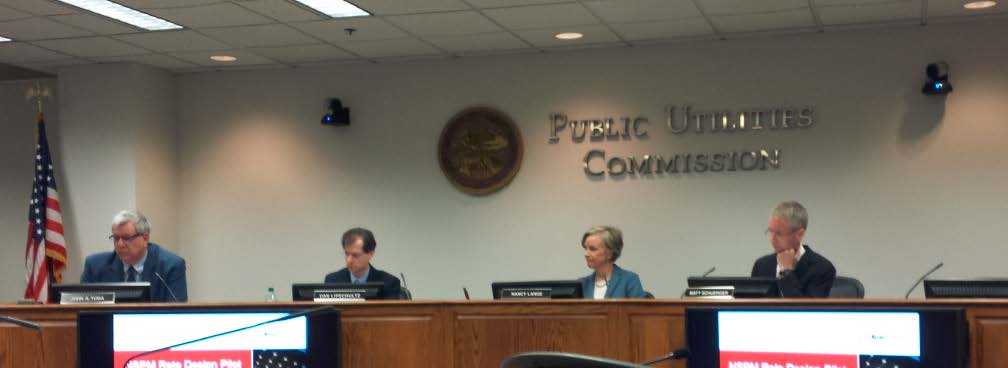
Tomorrow morning, at long last, the 6 year long rulemaking for Minn. Rules Ch. 7849 and 7850 is before the Public Utilities Commission.
Rules and rulemaking are important — rules are the guide to how administrative sausage is made. A little history… Way back when in 2011, I’d filed “Overland Petition for Rulemaking-7850” back in March, 2011. Did it trigger, inspire, the opening of this Minn. Rules Ch. 7849 and 7850 docket in December, 2012? Who knows…
I’ve also filed a Petition to OAH, Petition for Rulemaking Ch. 1400-1405 & PPSAComments, also March, 2011. Shortly after that, ALJ Lipman published some proposed rule change with NOTICE and proposed rules (ACK!), and I filed this Overland Comments-OAH Rulemaking Oct. 31,2012 Can you tell the proposed rules were dreadful? There’s no excuse… those proposals disappeared, and I sure hope they don’t resurface. Ive also filed Overland_MPCA_Petition for Rulemaking re: Wind Noise, Minn. R. Ch. 7030. and got this in return:

Really…
Anyway, back to tomorrow’s rulemaking for Minn. Rules Ch. 7849 and 7850.
You can watch the Live Webcast!
The draft rules going before the Commission are here:
Staff Briefing Papers, Chart of Changes, and Draft Rules_20187-145121-01
Yeah, it’s 210 pages long. The Staff Briefing Papers contain an explanation of issues raised and changes proposed or not taken up; the charts for 7849 and 7850 are an “easy” way to review the issues and changes, and the specific 7849 and 7850 rules with strikeouts and underlinings follow.
To review the full docket, go to eDockets and search for docket 12-1246 — in the box below the “Search” button, “12” and in the box below the “Clear” button, “1246.” Note how extensive it is. It’s been six years. My guess is that everyone who was an active participant in this put in at least 150 hours. Consider that. It’s about time we get this moving, and on to the next rulemaking, WIND, Minn. R. Ch. 7854.
Oh, and yet another Petition filed on Monday to grease the skids:
Just filed – Petition for Wind Siting Rulemaking
Onward!
